Archive
2021
KubaParis
Amor y Agua
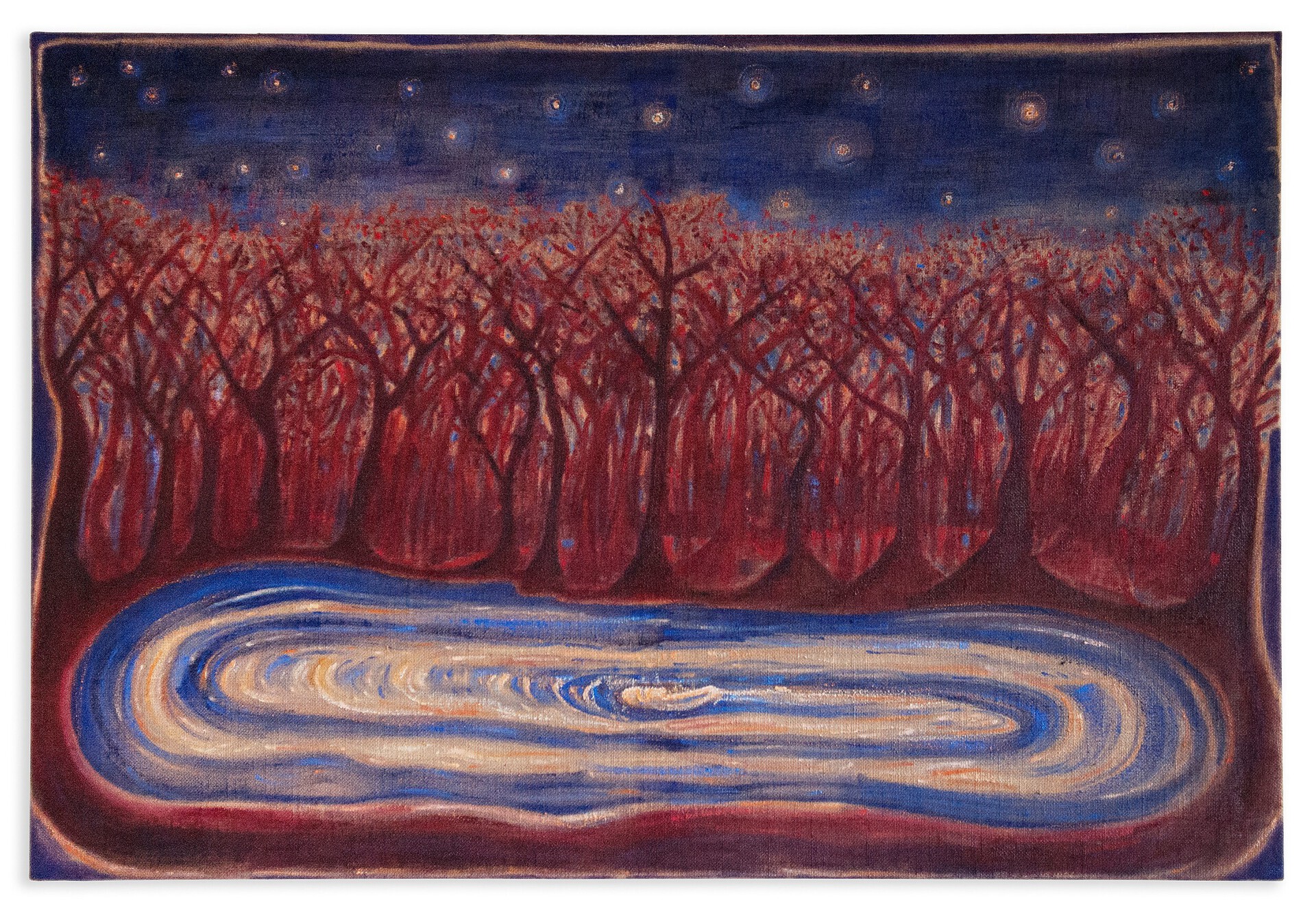


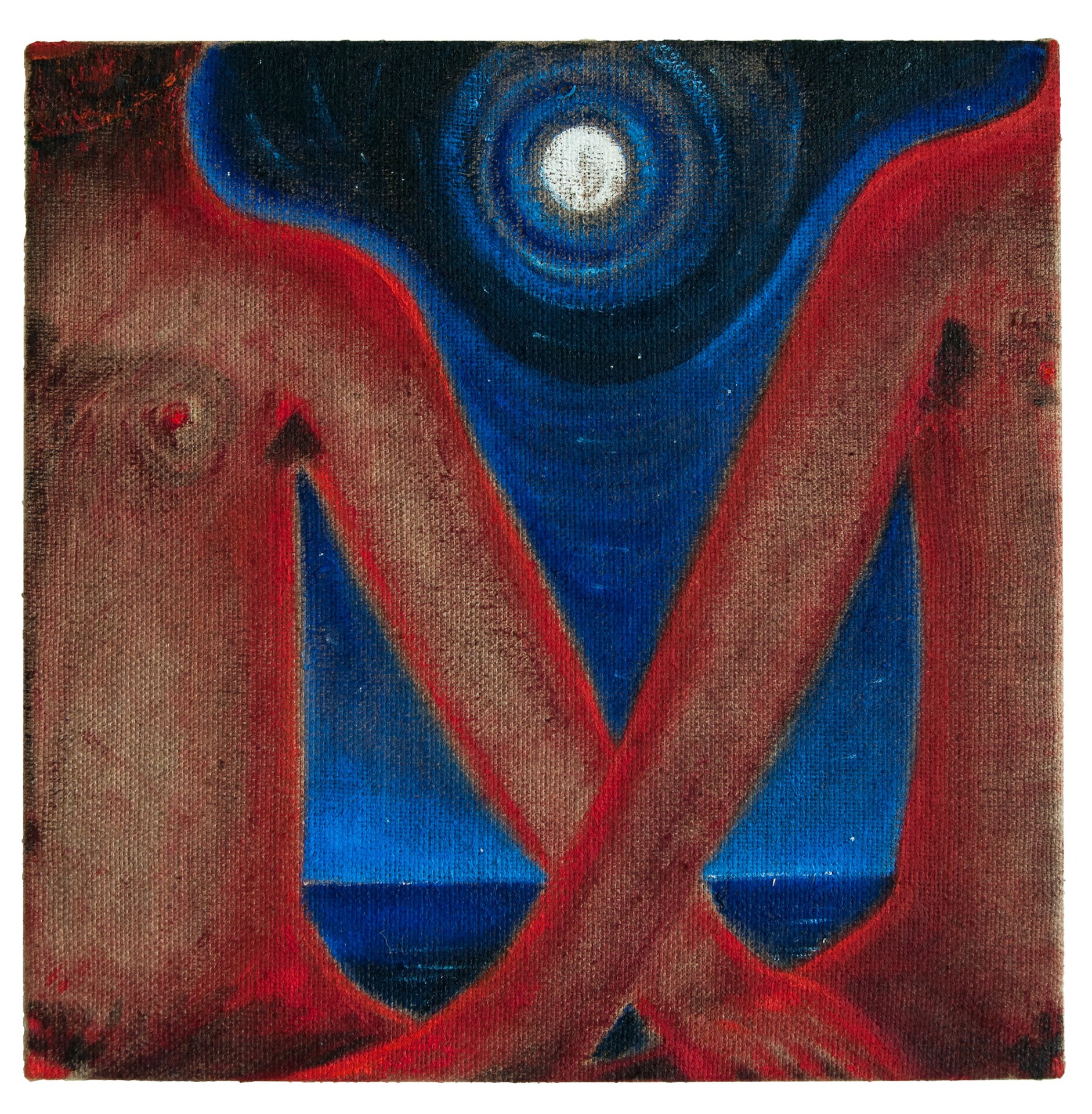
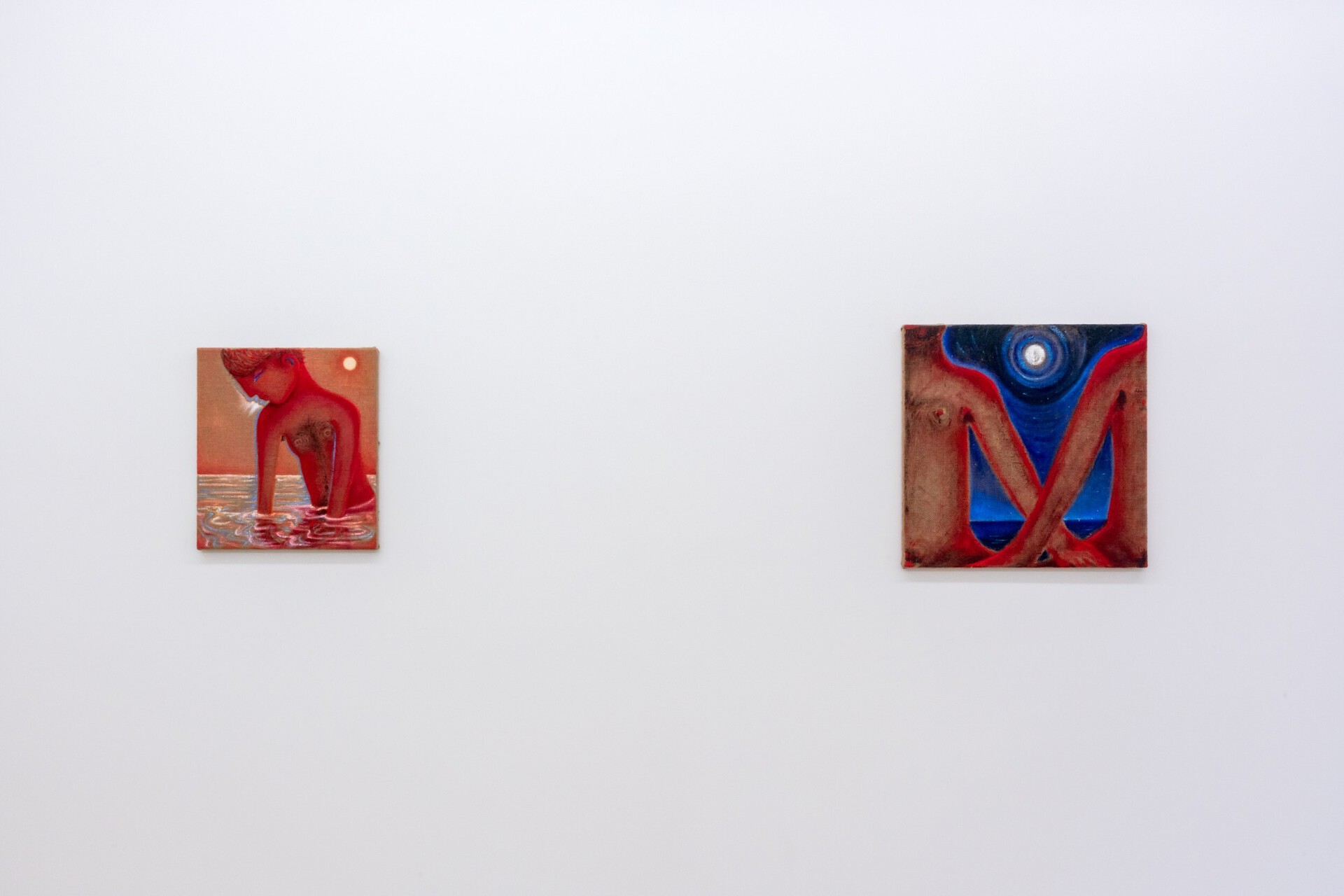

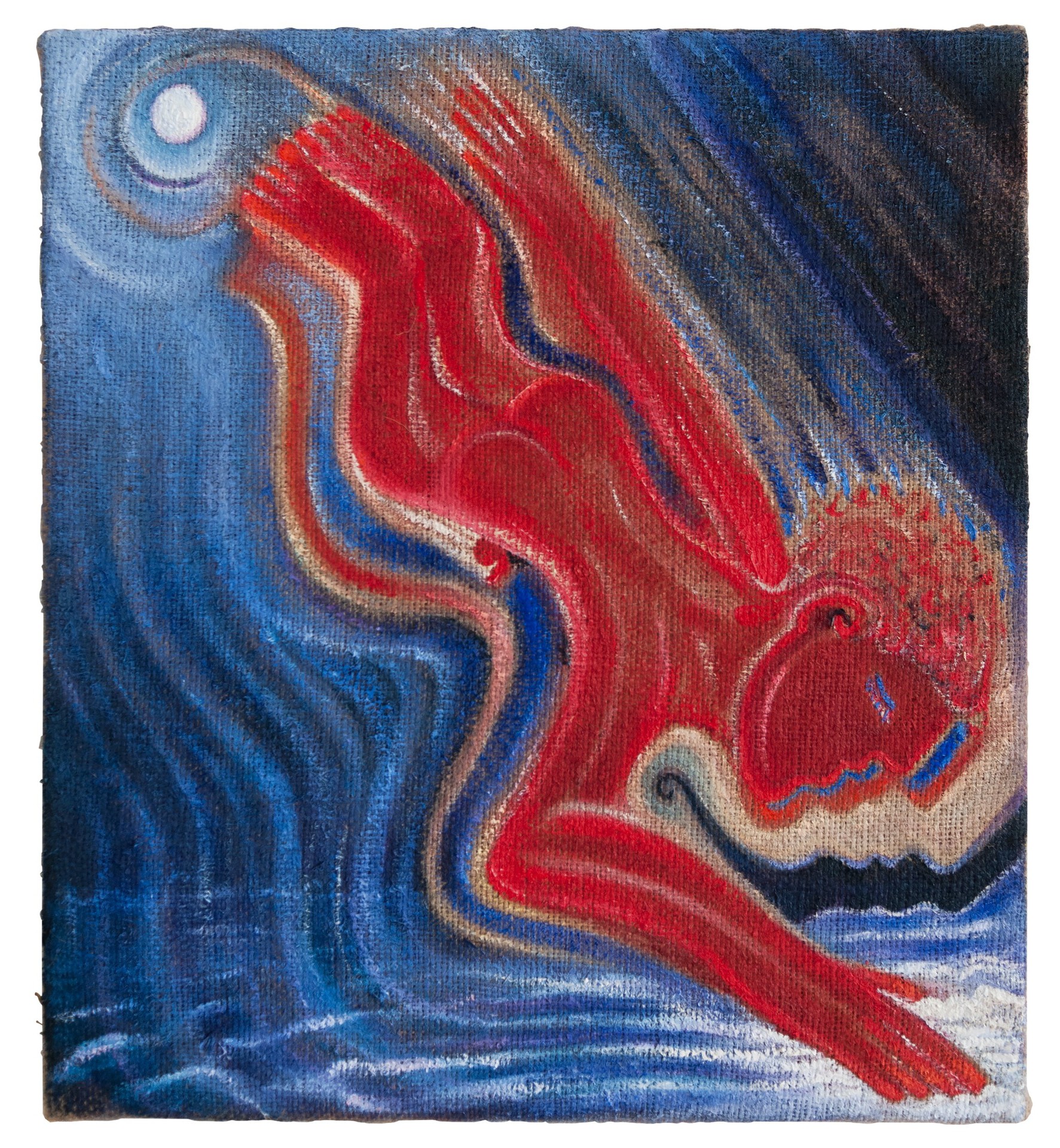

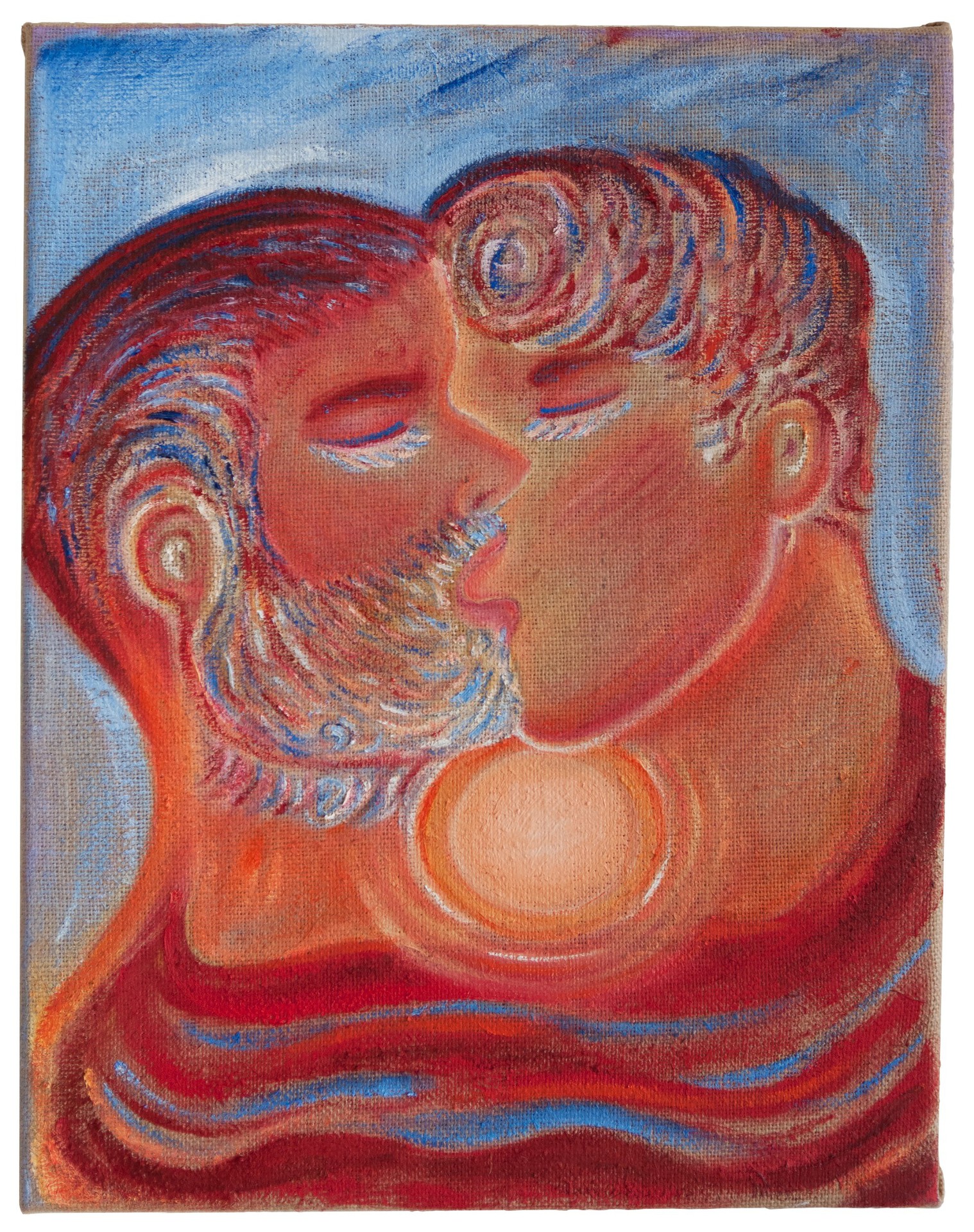
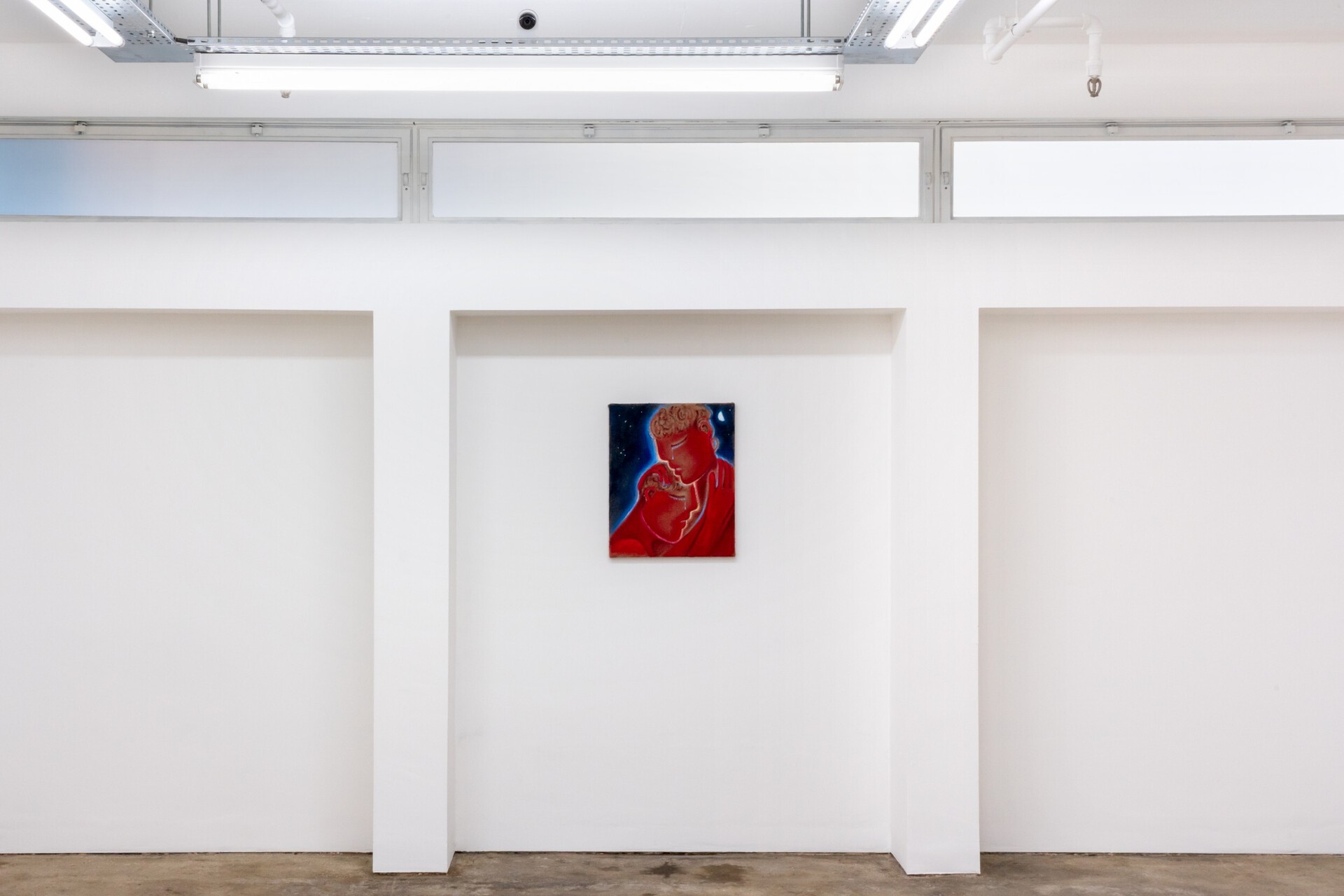
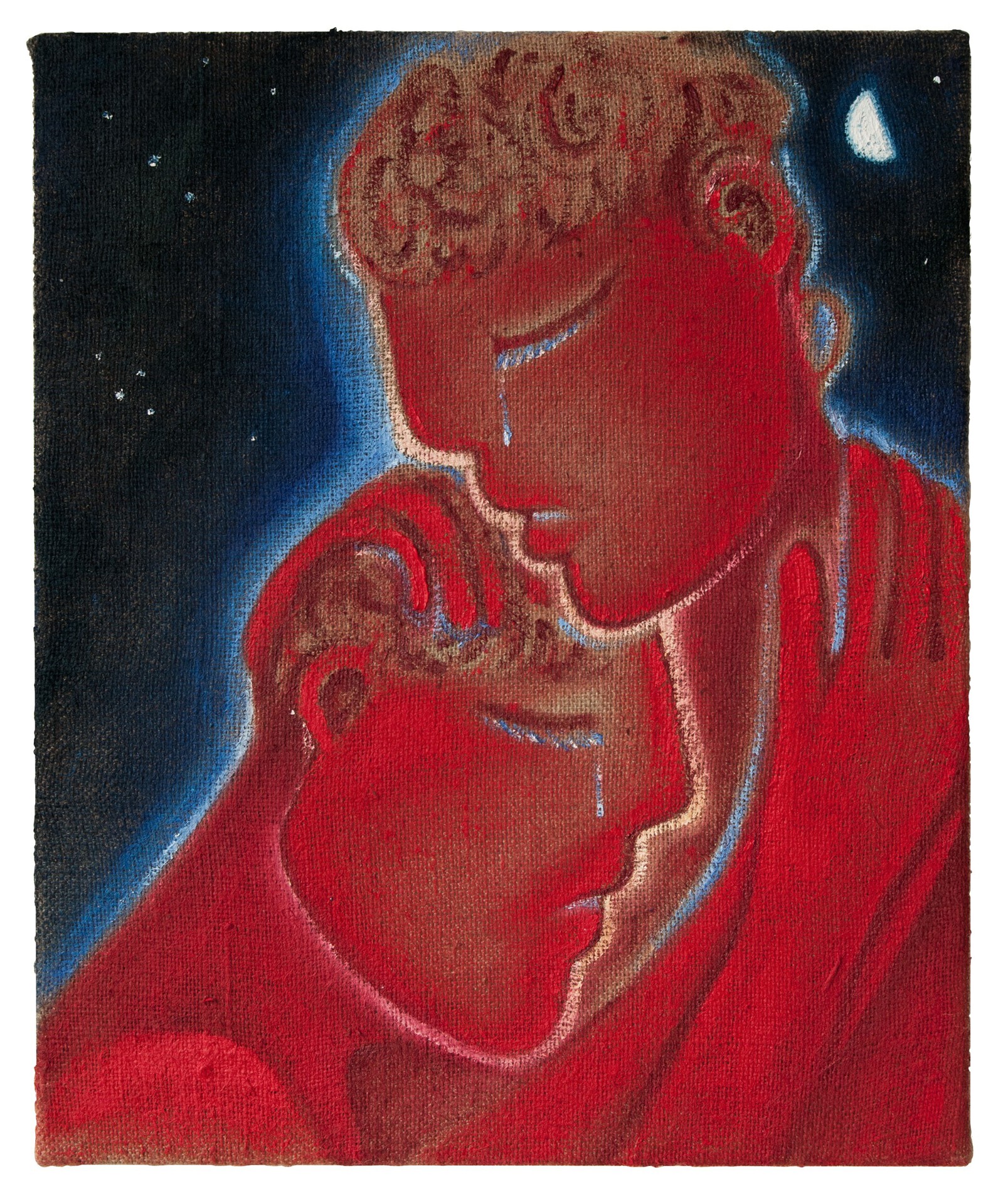

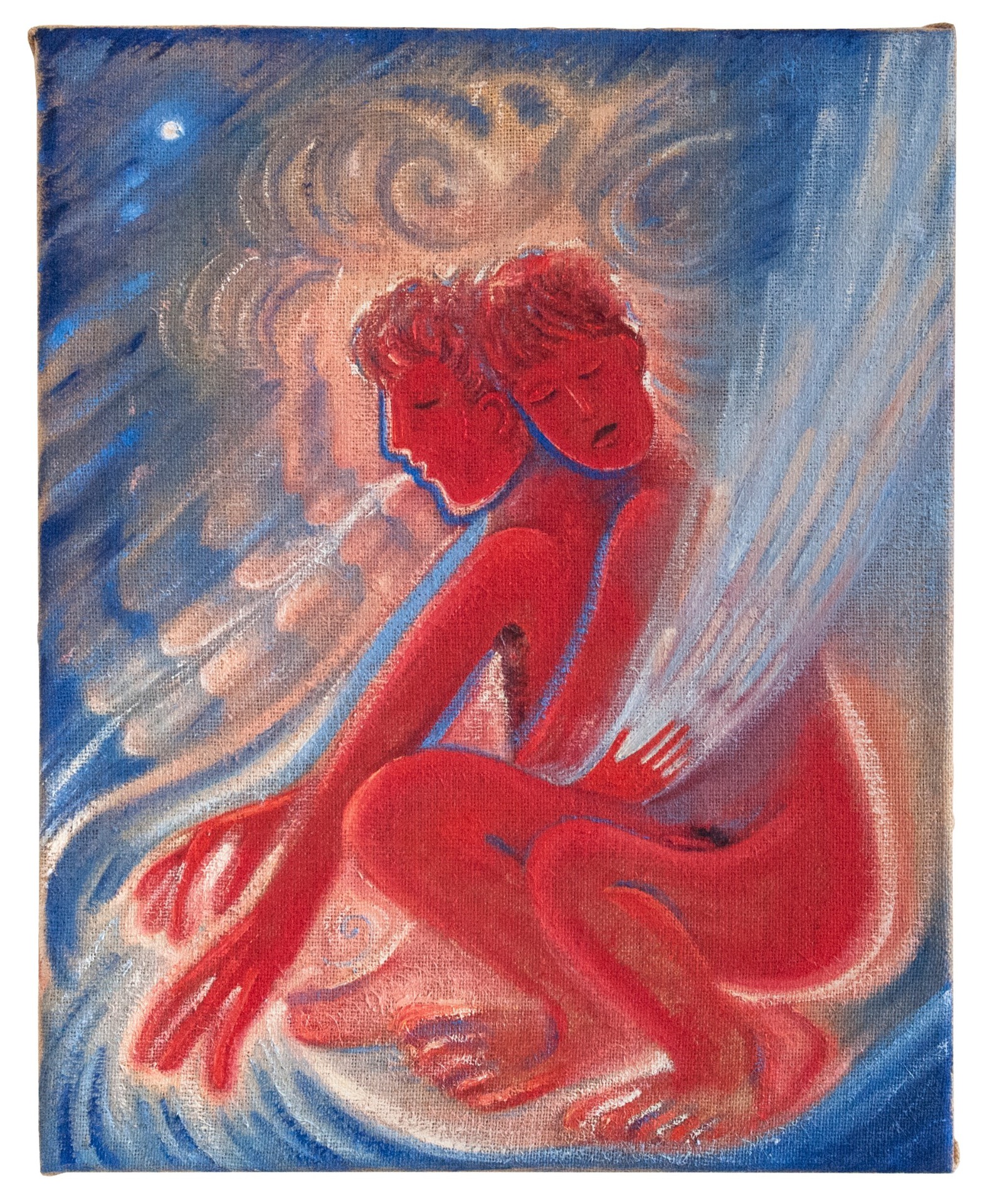
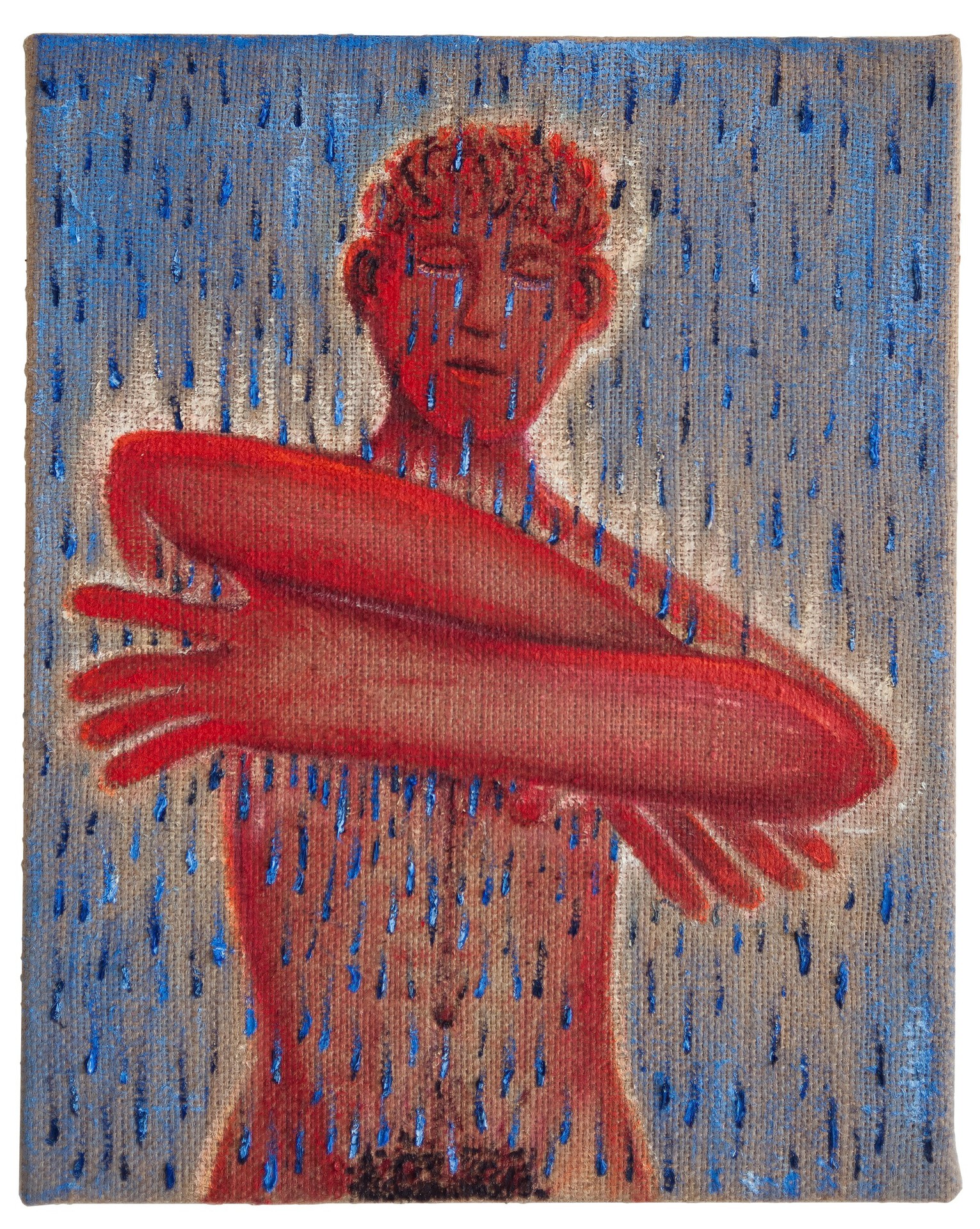
Location
Public GalleryDate
20.10 –12.11.2021Subheadline
Public Gallery is pleased to preset Amor y Agua, the debut UK solo exhibition of Colombian artist Daniel Correa Mejía.Text
I walked to a stream the other day and planted my hands, palms facing down, on the mossy bedrock to let the running water move through me. My hands, like two solid pillars, were no obstacles to the continuous course of water, snaked around and over my hands, in a mesmerizing halcyon dance. The constantly evolving flow of water takes many forms and has different states: evaporated water turns into mist which then becomes rain that falls into a different river. Daniel Correa Mejía explores the similitudes between love and water, and in the exhibition Amor y Agua, he conjures the amorous and weaves it through the poetic and symbolic fabric of water.
The presence of water in Mejía’s new body of work is entwined with other recurring elemental forces that are essential to his art: the moon exists, in almost every painting, as the ancient guiding spirit of the night, overseeing the ritual communion between men, sky, earth, and water. In El agua guiadora (The guiding water), the purple sky, moon, and trees are coupled in bewitching tension with the contrasting saturated red landscape, its cloaked figures bathed in blood-red standing at the edge of an oval-shaped water portal. Rite is alluringly invoked with only the moon, the trees, and our gaze, as the lone witnesses.
Each painting in Amor y Agua is a vortex that pulls you into a primordial realm overflowing with telluric energy. Mejía captures this perpetual sense of movement and ardor in his work using oil paint on jute and linen, in a beautiful dynamic almost water-like manner. In Amor y existencia (Love and existence), energy surges out from the hand of one of the figures upward towards the sky as if releasing love in the form of water. The two clasped male figures are contained in a whirlwind of elemental urges, their physical vibrations moving around an ocean of blue where all forces coexist. In Amor y existencia (Love and existence) love is embedded in their very being.
Water is transitory and finite, just as some love can be, and both hold the power of life and destruction. Esperanza (Hope), one of the few works without figures, is enchanting in its bareness, its earthy jute surface covered in luminous rain and light that falls onto a red horizon. The misty raindrops have their own story to tell and perhaps what they tell us is to have hope. In her book ‘Braiding Sweetgrass’, Robin Wall Kimmerer writes: “maybe there is no such thing as rain; there are only raindrops, each with its own story”. In Lágrimas de lluvia (Tears of rain), there is no difference between raindrops and human tears. The solitary male figure embraces the tears of rain as they caress his naked torso outlined in vaporous light. There is no resistance, he appears transformed, as it all gets washed away.
[…] To live in this world
you must be able
to do three things:
to love what is mortal;
to hold it
against your bones knowing
your own life depends on it;
and, when the time comes to let it go,
to let it go.
- Mary Oliver, In Blackwater Woods (excerpt)
The works in Amor y Agua are like chapters in a medieval book of hours, each painting a devotion and meditation on love and water. As Mary Oliver writes, when the time comes to let it go, we must let it go. We are impermanent beings in love with the ephemeral. We drink, we love, and we hope, for as long as we can. Should we learn how to move with the currents of life, no matter what comes its way?
Fabiola Alondra